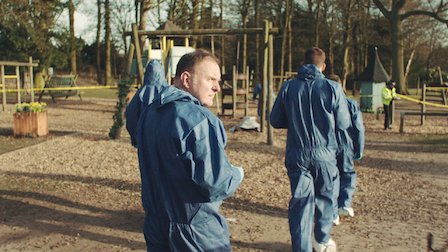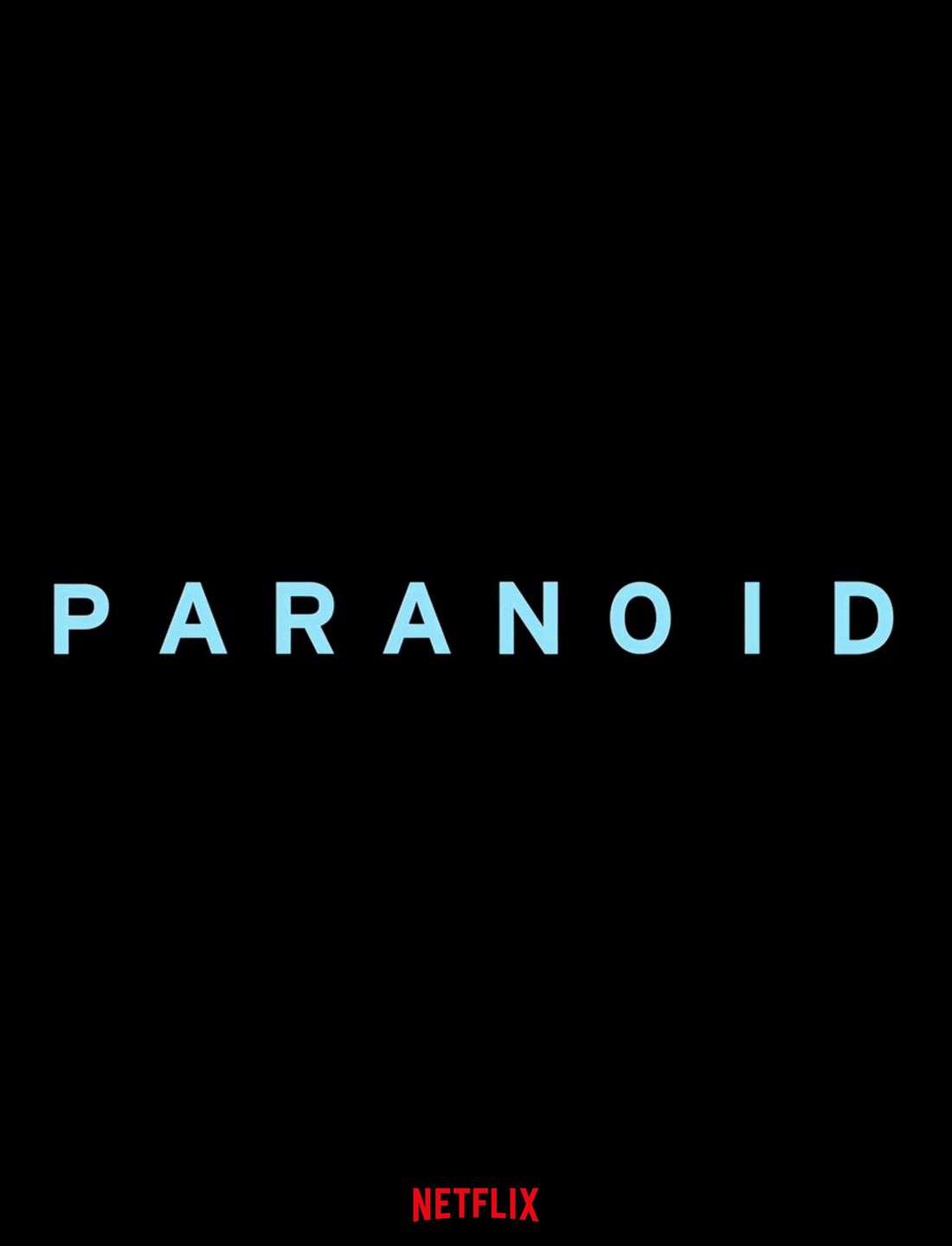

In other words, the question can be asked: "What's the probability of picking ➆, IF the first ball was ➂?" The situation changed because there is one ball with ➆ out of nine possibilities, which means that the probability is 1/9 now. Then you ask yourself, once again, what is the chance of getting the seven ➆. Suppose you picked the three ➂ and removed it from the game. You choose a random ball, so the probability of getting the ➆ is precisely 1/10. Let's say we have 10 different numbered billiard balls, from ➀ to ➉. This time we're talking about conditional probability. The way of thinking, as well as calculations, change if one of the events interrupts the whole system.

If you ask yourself what's the probability of getting a two ⚁ in the second turn, the answer is 1/6 once again because of the independence of events. Let's say you have two dice rolls, and you get a five ⚄ in the first one. For example, if we roll a perfectly balanced standard cubic die, the possibility of getting a two ⚁ is equal to 1/6 (the same as getting a four ⚃ or any other number). Two events are independent if the occurrence of the first one doesn't affect the likelihood of the occurrence of the second one. One of the most crucial considerations in the world of probabilities is whether the events are dependent or not. It's convenient to use scientific notation in order not to mix up the number of zeros. If the set of possible choices is extremely large and only a few outcomes are successful, the resulting probability is tiny, like P(A) = 0.0001.

This feature saves a ton of time if you want to find out, for example, what the probability of event B would need to become in order to make the likelihood of both occurring 50%. You can change the number of trials and any other field in the calculator, and the other fields will automatically adjust themselves. The calculator will also show the probability of four more scenarios, given a certain number of trials: Once they're in, the probability calculator will immediately populate with the exact likelihood of 6 different scenarios: Type the percentage probability of each event in the corresponding fields.
Paranoid netflix how to#
Now, when you know how to estimate the likelihood of a single event, you only need to perform the task and obtain all of the necessary values.ģ. If you want to calculate the probability of an event in an experiment with several equally possible trials, you can use the z-score calculator to help you. Your problem needs to be condensed into two distinct events.

To make the most of our calculator, you'll need to take the following steps: Increase your knowledge about the relationship between probability and statistics.ĭid you come here specifically to check your odds of winning a bet or hitting the jackpot? Our odds calculator and lottery calculator will assist you!.Study the difference between a theoretical and empirical probability and.Read about multiple examples of probability usage, including conditional probability formulas.Check how to find the probability of single events.Discover how to use the probability calculator properly.As long as you know how to find the probability of individual events, it will save you a lot of time.
Paranoid netflix plus#
Our probability calculator gives you six scenarios, plus 4 more when you enter in how many times the "die is cast", so to speak. For example, if the chance of A happening is 50%, and the same for B, what are the chances of both happening, only one happening, at least one happening, or neither happening, and so on. With the probability calculator, you can investigate the relationships of likelihood between two separate events.


 0 kommentar(er)
0 kommentar(er)
